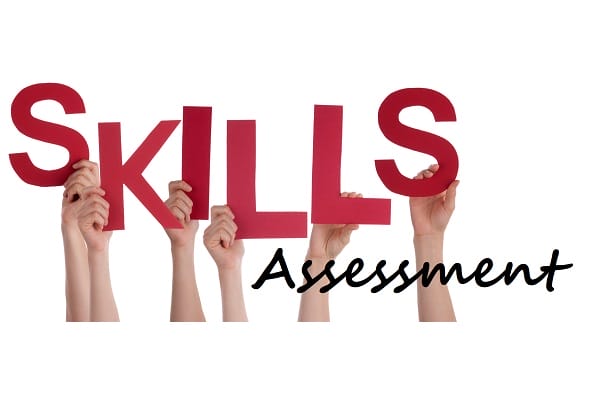How Skills Assessment Tools Revolutionize Employee Development


LINKS TO CONTENT
ToggleEmployee development plays a role in the success of any organization. It not only enhances employees’ skills but also drives overall organizational growth. However, with the advancements in technology, traditional methods of measuring and improving employee skills have become outdated. Nowadays, organizations are embracing skill and talent assessment software to revolutionize and optimize employee development. These innovative skills assessment tools provide comprehensive insights into employees’ strengths and weaknesses, empowering organizations to design customized development programs. In this blog post, we will explore the impact of skills assessment software on employee development.
Utilizing skills assessment tools offers a significant advantage by actively identifying skill gaps within an organization. These tools analyze employees’ current skill sets and compare them to the necessary skills for their roles or future growth opportunities. Consequently, they pinpoin these gaps, enabling organizations to create targeted training programs that effectively bridge them. As a result, employees benefit from training and development opportunities that contribute significantly to their improvement and professional growth.
Skills assessment tools are invaluable resources for organizations seeking to foster employee development. These tools empower organizations to craft individualized development plans that align with each employee’s distinct strengths, weaknesses, and career aspirations. By taking into account the specific needs and goals of each team member, organizations can ensure that these plans are finely tuned, rendering them more relevant and impactful. This personalized approach is a potent driver of employee engagement and motivation, fostering a sense of value and support. Employees who feel that their professional growth is genuinely cared for are more likely to be committed and driven, resulting in higher performance and a more harmonious work environment. Ultimately, the use of skill assessment tools is a strategic move towards enhanced productivity and staff satisfaction.
To align training programs with organizational objectives, organizations can utilize skills assessment tools. These tools help identify the skills to achieve these goals, enabling the design of targeted training programs that focus on developing those skills. This alignment guarantees that employee development efforts directly contribute to success while avoiding the waste of resources on irrelevant training programs that fail to address specific organizational needs.
Skills assessment tools foster a culture of learning within organizations. By allowing employees to assess their skills using these tools regularly, individuals can identify areas for improvement and take proactive steps toward self-development. This environment promotes growth and encourages employees to take ownership of their professional advancement. It also establishes a sense of accountability since employees understand their skills are regularly evaluated.
Skills assessment tools provide a measure for evaluating employee performance. Conventional performance evaluations often rely on opinions and biases leading to assessments.
Skills evaluation tools, on the other hand, offer data and valuable insights that can serve as a foundation for performance assessments. This unbiased approach ensures utmost transparency during the evaluation process and enables organizations to pinpoint performing employees and those who could benefit from further growth.
Succession planning is vital for the long-term prosperity of any organization. Skills assessment tools play a role in identifying successors for key positions within the company. By evaluating employees’ skills and competencies, organizations can pinpoint individuals with the potential to take on roles in the future. This enables organizations to nurture and develop these employees for leadership positions, guaranteeing a transition when vacancies arise.
Skills assessment tools have transformed employee development by offering comprehensive insights into their strengths and areas for improvement. These tools empower organizations to identify gaps in skills, create personalized development plans, align training programs effectively, foster a culture of learning, ensure impartiality in performance evaluations, and enhance succession planning efforts. By harnessing the power of skills assessment tools, organizations can optimize their employee development endeavors while contributing to growth.
